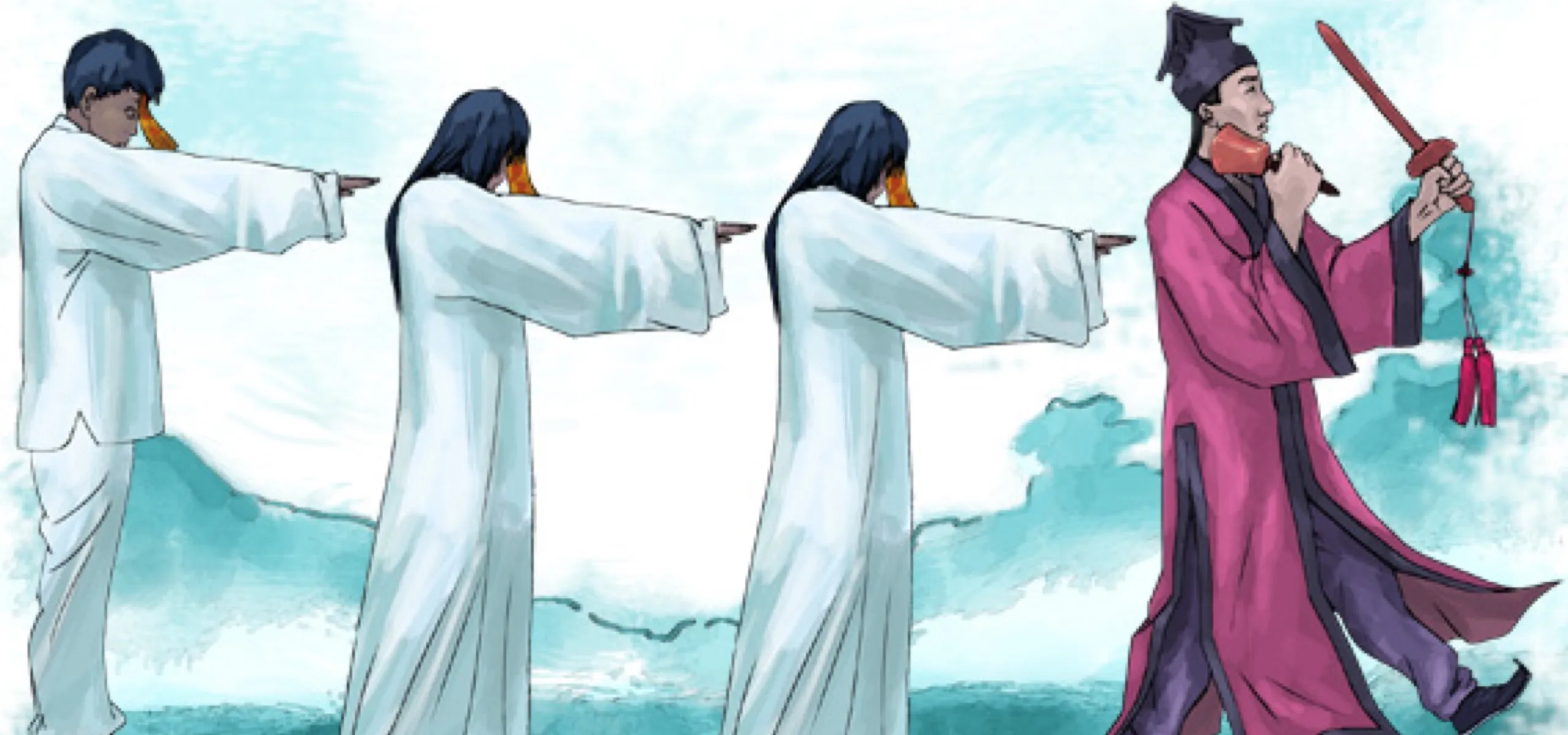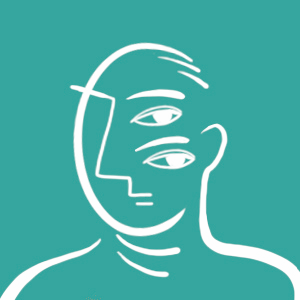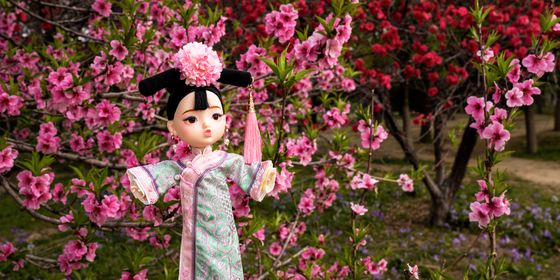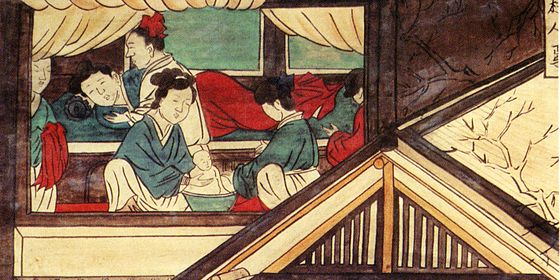A look behind the ancient Chinese tradition of corpse walking
one November, a young Chinese man was detained while traveling across southern China’s Yunnan province for suspicious behavior, and it was suspicious indeed: he was traveling with a dead body.
The dead make for awkward traveling companions, but after some questioning, it was proved to the police that the dead man was, in fact, the young man’s father. This traveler was trying to get his father’s body back to their hometown in Hebei several provinces away. He had already walked more than 600 kilometers before being stopped by the police.
Seemingly strange, the practice of walking corpses has long been a part of Chinese mourning. While the young boy in this tale is by no means a professional ”corpse walker,” the profession and superstition still exists despite a severe decline in modern times. “Herding corpses” or ganshi (赶尸) is the tradition of transporting corpses back to their hometowns for burial. Legend has it that, in the mountainous west of Hunan province, one could sometimes catch a glimpse of the “dead men’s march” where the corpse-walker leads a line of dead bodies along narrow roads.
According to various corpse-walking legends prevalent in western Hunan, the technique was rumored to be Miao witchcraft; the Miao ethnic minority is famous for their supernatural gifts, called gushu (蛊术). Corpse walking is believed to be a form of gushu sorcery. It also invokes and borrows supernatural concepts from Daoist scripture I Ching or Book of Changes (《易经》).
Usually, the procession of corpses is led by two Daoist monks, one the master and the other his student. If a man were to die in another town, the dead person’s relatives would travel there and ask a Daoist monk to take the body back to their hometown, an extremely important tradition in Chinese culture as a person’s soul, body, home, and land are closely entwined. If the body cannot go home, the soul is lost forever in the world after death, suffering everlasting turmoil. Corpse-walking was born out of filial piety, feng shui, and ancestor worship, and it contributes to the pervasiveness of such traditions.
Written records of corpse walking are few, and oral accounts vary. It is said that when the Daoist priest arrives, he first checks the deceased’s date of birth, then, uttering spells, uses a peach wood sword (a spiritual weapon used for exorcisms in Daoism) to check whether the spirit will obey his commands. The priest doesn’t take off with just one corpse; he waits for other orders to come in so that they can all leave together. Before they set off on their journey, the priest performs a ritual: He sticks a symbolic talisman, or fu (符), on the forehead of each dead body and utters incantations. The talisman is a yellow slip of paper with red ink depicting characters, images, or symbols that can conjure power and manifest energy. The bodies then rise up and follow the priest. As rigor mortis has set in, the dead can only hop; these same hopping zombies, known as jiangshi (僵尸, ”rigid corpse”), have inspired a number of Hong Kong zombie films. This, in turn, popularized the common concept that Chinese zombies hop to go forward and stretch out their arms for balance.
If making the dead walk again sounds unbelievable (and it should), what happens next is even more interesting. In order to lead the spirits, the priests shake bells with supernatural powers to lead wandering souls, striking gongs to alert travelers and residents of their passing. Such a warning is believed necessary, as the dead are thought to bring bad luck and evil spirits. Traveling winding, mountainous paths can be exhausting, and—as daytime is unfit for the dead—there were often “dead body inns” for corpse walkers and corpses to rest. These inns were open for walking corpses only, and, because death waits for no one, they were open all year round. It is said that the corpses rest behind the doors, lined up against the wall. And, due to the priest’s special recipe of incantations and ceremonial sword-waving, the dead bodies never decay regardless of the time traveled or the weather. While traveling, the priest lines them up with a rope, with each body wearing a tall hat, hopping one after another and veiled by the darkness of night.
However, fun as all this is, where there’s myth, there’s always a myth buster: For those narrow-minded skeptics who are dubious about magic swords raising bodies from the dead, corpse-walking is just a hoax, according to the program Approaching Science (《走进科学》) by China’s central broadcaster, CCTV. The show proposed several methods these corpse-walkers employ to trick innocent people. One method involves a walker pretending to be a corpse while the real corpse is dissected and carried in a backpack by another walker. The impersonator wears a large straw hat that covers his face as well as bamboo plates on his joints to create the illusion of a rigid zombie. A more plausible method involves the priests tying the corpse’s arms to a bamboo pole and carrying it on their shoulders. While they walk, the corpses would bob up and down, giving rise to the myth of hopping zombies.
Lovers of the supernatural and those who refuse to let science kill all the fun still believe that the ancient tradition of corpse walking exists. The mystical, powerful tools of talismans, incantations, and rituals are all guarded secrets, only to be passed down to apprentices. Today, the Miao ethnic group is still believed by many to be expert in magic and sorcery, but, as the world moves on to the age of China’s space race and the quantum computer, it’s somewhat comforting to know that belief—or at least interest—in this ancient art of walking the dead persists.












